At last year's two academicians' conference, President Xi Jinping mentioned in his speech that the "robot revolution" is expected to become a key entry point and important growth point for the "third industrial revolution," which will impact the global manufacturing landscape, and China will become the world's largest robot market.
Since then, China has introduced a series of policies to promote the development of the industrial robot industry, providing value-added tax refunds and subsidies for robot manufacturing companies, while robot user companies can enjoy tax exemptions.

According to analysts' predictions, the investment payback period for industrial robots with a 10-year lifespan will decrease from 11.8 years in 2008 to 1.7 years in 2015, and by 2016, this data will further drop to 1.3 years. They believe that the expected payback period slightly exceeding one year has given hope for automation to millions of small and medium-sized manufacturing enterprises in China, creating conditions for rapid productivity growth.
The government's strong push for the use of industrial robots, coupled with a lower investment payback period, along with the "reduction in China's labor force and the willingness of workers to work on production lines," are all important factors driving the continued widespread application of industrial robots, directly promoting the rapid growth in robot sales in China.
Another factor leading to the shortage of labor in China is the increasing level of education among young people, making them more inclined to take up white-collar jobs rather than blue-collar work on factory assembly lines.
Two latest research reports from Shuiqingmuhua Research Institute and Huidian Research indicate that China's demand for industrial robots is continuously increasing, from the automotive industry to breweries. The reports predict that by 2017, the stock of industrial robots in China will surpass that of Europe and North America. It is estimated that the global sales of industrial robots will increase from 200,000 in 2014 to 400,000 in 2017!
From July 8th to 11th, the China International Robot Show CIROS2015 will be held in Shanghai. The International Federation of Robotics will co-host a forum with the China Robot Industry Alliance to discuss innovations in robot applications.
During this event, the International Federation of Robotics will release their 2014 industrial robot industry report, which will include relevant data on China's industrial robots. The 2015 annual industrial robot industry report by the International Federation of Robotics will also cover data from 2014 and will be released in the autumn of this year.
According to related news, Guo Taiming, the chairman of Foxconn, stated that the company's assembly line workers have reached 1.3 million. He plans to gradually reduce employee recruitment in the coming years, hiring and training robots to replace 30% of the workers to complete the tedious, dirty, ergonomically unsuitable, and dangerous tasks. The unemployed workers will receive retraining to qualify for higher-level jobs.
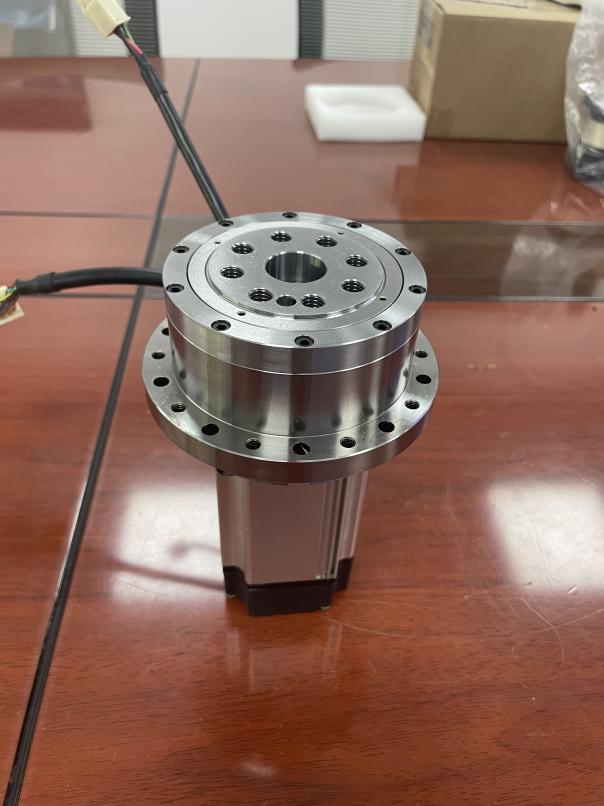
 English
English Deutsch
Deutsch Русский
Русский Español
Español
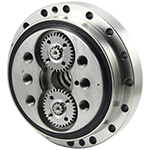
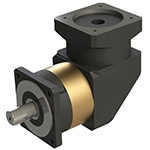
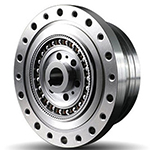
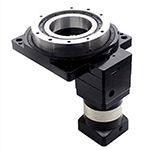
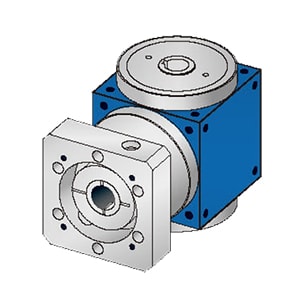
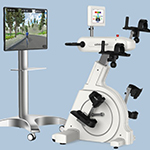
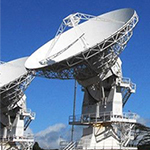
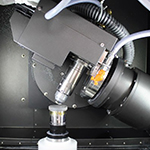
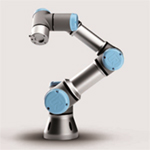
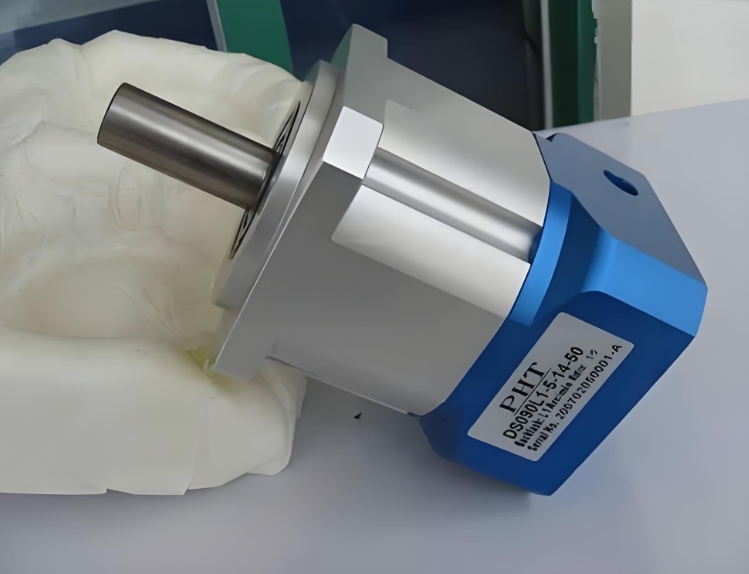
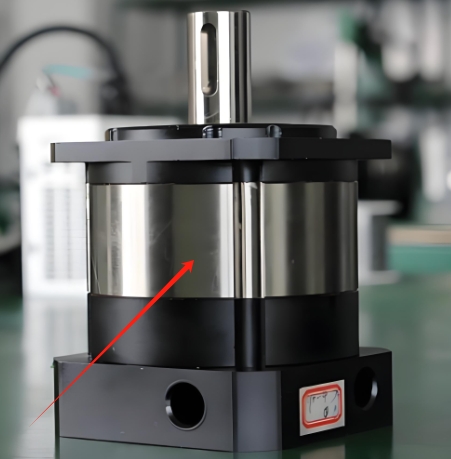
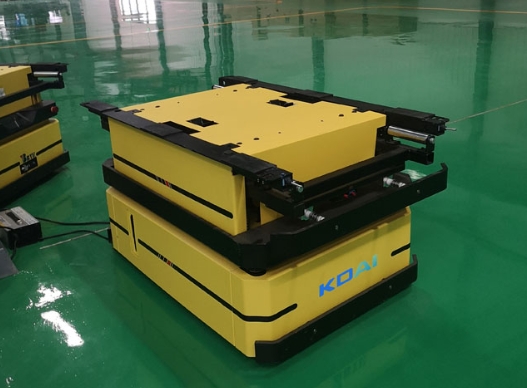
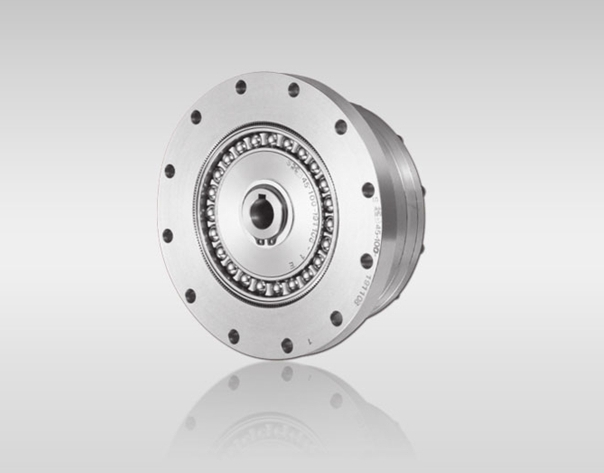

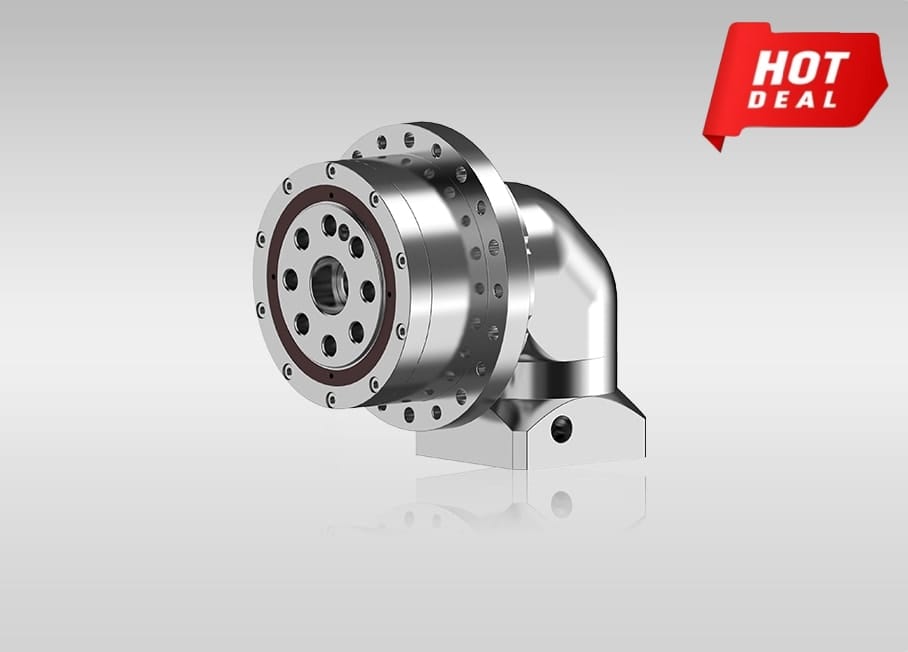


Quote Now